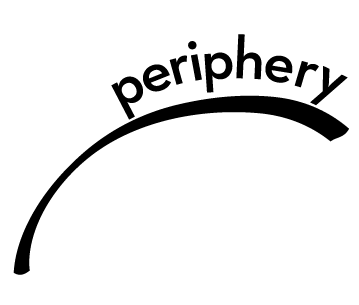Susan Strauss | Western Painting
July 28 – August 30, 2021
Providence, RI - Periphery Space @ Paper Nautilus is pleased to announce an exhibition titled “Western Painting” featuring new work by Susan Strauss.
Strauss describes these as pivotal paintings as they were influenced by a change of place but also a state of mind brought about by the crisis of politics and covid. Strauss traveled to Northern Arizona to paint in the winter of 2019 and stayed out west through most of 2021. Starting with daily painting, direct observation and walks through the landscape, she began working on a series of abstract paintings. Book sized; the small landscapes help you travel to the high desert. The larger works connect the elemental immediacy of the Western landscape and the timelessness of Eastern cosmology represented by the mandala.
Strauss has lived and had maintained her studio in Westport, MA since 2005 and is part of the South Coast Artists open studio community and the Art Drive. She is a founding member of the Brickbottom Artists Building in Boston and has received grants from Mass Arts Lottery and Public Works RI. Her work has been exhibited in many group and solo shows throughout the New England area including Gallery at 4, Tiverton, RI, Deedee Shattuck Gallery, Westport, MA, Gallery NAGA, Boston, MA, Newport Art Museum, Newport, RI, New Bedford Art Museum, New Bedford, MA, Tufts University, UMass Boston, Boston University, Prince Street Gallery, New York, NY and Atlantic Gallery, New York, NY.
For more information about the artist visit her website and social media
https://www.susanstrausspainting.com
Instagram @susanstrausspainting
_______________________
Interview
Alexander Castro interviews Susan Strauss on the occasion of her show “Western Painting” at Periphery Space @ Paper Nautilus.
Alexander Castro is a freelance writer and journalist based in the Providence/Boston area. His writing has appeared in Big Red & Shiny, Newport Mercury, and Art New England. He won First Place in the ‘Arts Review or Criticism’ category at the 2015 Rhode Island Press Association Editorial Awards.
~
Susan Strauss’ “Western Painting” at Periphery Space@ Paper Nautilus
Susan Strauss and I met on the staircase at Paper Nautilus, underneath a grid of enthusiastic, magazine-sized, oil-on-panel landscapes she made in the last two years. We talked wildlife, painting classes, and the distinctive vistas of Arizona, where the land can stretch for miles, visible and unobstructed. Strauss’ latest body of work subscribes to an ethos that’s best summed up by her own words: “not thinking too much, just painting.” The following interview was conducted online and picks up some of the threads from our in-person conversation. — Alexander Castro
ALEXANDER CASTRO: Let’s start with the title of the show, Western Painting. Most of these paintings were made during your time in northern Arizona, which was your home base for a good chunk of the pandemic. Can you describe the landscapes out west? How did Arizona influence, shape or refresh your approach to painting? What did it teach you, or urge you to reevaluate?
SUSAN STRAUSS:
Alex, I love that you used the word refresh in your question! The landscape where I stayed is vast, surprising and ancient. It made me feel receptive, ready for something brand new.
AC: I can definitely sense (and see) that newness in Western Painting. I remember an earlier body of work from you, circa 2016, that used nets, meshes and other patterning tools. Is it accurate to say your work is moving away from overlays and patterns, and toward paintings that are more directly about mark-making? Personally, I deeply appreciate the gestural intensity and variety in Western Painting; I like that viewers could see these paintings as landscapes, abstractions, or both. What role does mark-making play in nurturing this ambiguity? Similarly, what makes landscapes especially receptive to an artist’s gestures and observations?
SS: Yes, there have been a lot of changes since 2016! This series of small mark-y landscapes in the show are painted outside in the landscape and usually in one session. The older series were larger, slower studio paintings with lots of layers and lots of marks too. They were about water journeys and weaving. I would have to say that whether they are painted from direct observation or inner seeing, they all are about place. I am looking for something that is “inside of the there.”
AC: Speaking of the “inside,” one of your goals when painting is to “open a space” for the viewer, to give them a way inside. Your painterly approach seems to pursue a complementary mission of opening up space for yourself. When painting, how does a lack of rigidity or expectation act in harmony with these ends? Where does your mind wander when you’re painting?
SS: I have looked at art my whole life but I realize that many people do not have much of a relationship with painting. Instead, we are used to advertising, moving images, sound bites and now social media. Paintings can be quiet. They may need to be looked at more than once or over a period of time. When I paint, I do look for a space to open, and that is a way to enter in but it is about revelation, not goal or plan. Painting is about being present.
AC: Yes, “goal” might be too hasty a choice of word—a little business-y, almost. After all, you don’t paint with an agenda, and you allow for plenty of intuition, revision, and changing course. Why is oil paint a good choice for your working style? Does oil’s flexibility help you to render or redo ideas quickly? Did its wide range of color help you to achieve new “western” palettes? Were there any environmental conditions or limitations you had to account for when painting in Arizona?
SS: I recently traveled back east by car and because there was not much room in the packed car for wet paintings, my painting set up was acrylic. It dried so fast I could barely get it out of the tube. This was not very satisfying. Heat and light are intense, even dangerous in AZ.
AC: The 8x10-inch paintings are a highlight and I adore the way they fill the wall—it reminds me of the way I used to plaster my walls with xeroxes of comic book covers. But there are also two larger canvases in Western Painting, one of which you mentioned is more a “looking out from within,” than the “looking inward” perspective you often employ. How do the smaller paintings inform the large ones and vice versa? Are you applying the same looseness of plein air technique to these large canvases? How do you mimic the energy of painting outdoors in your studio?
SS: I really like how the large and small pieces in the show speak to each other. The plein air helps me get into the cycle of the seasons and acts as a springboard for studio ideas.
AC: “I think all of my paintings are about painting.” That quote really stuck out in my notes from earlier. This is a slightly unwieldy question, but can you elaborate on what “painting” means to you? Is it about the materials, the process? The way you translate or render an observation of the natural world?
SS: Painting is a way of channeling the creative forces that shape this world.
Alex thank you. Your questions about my work have given me a lot to think about. I don’t have all the answers or all the words that translate a non-verbal experience.
AC: Thank you too for sharing your work with me. And I completely understand. From a writer’s perspective, putting words to something so deep, personal and meaningful is a tricky task indeed. I suppose that’s the task of any art, whatever materials one might choose.
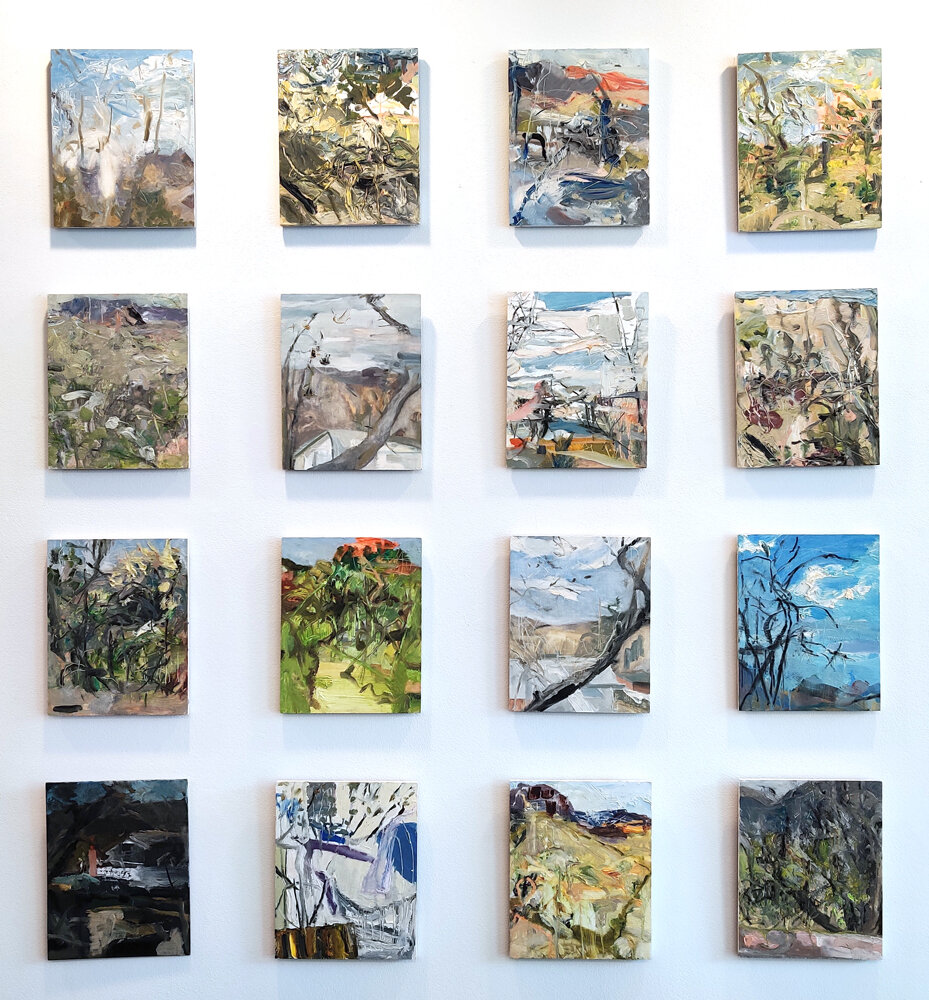
Each small 8 x 10 inch painting is $280

What Will I Make?
10” x 8”, oil on panel, 2020
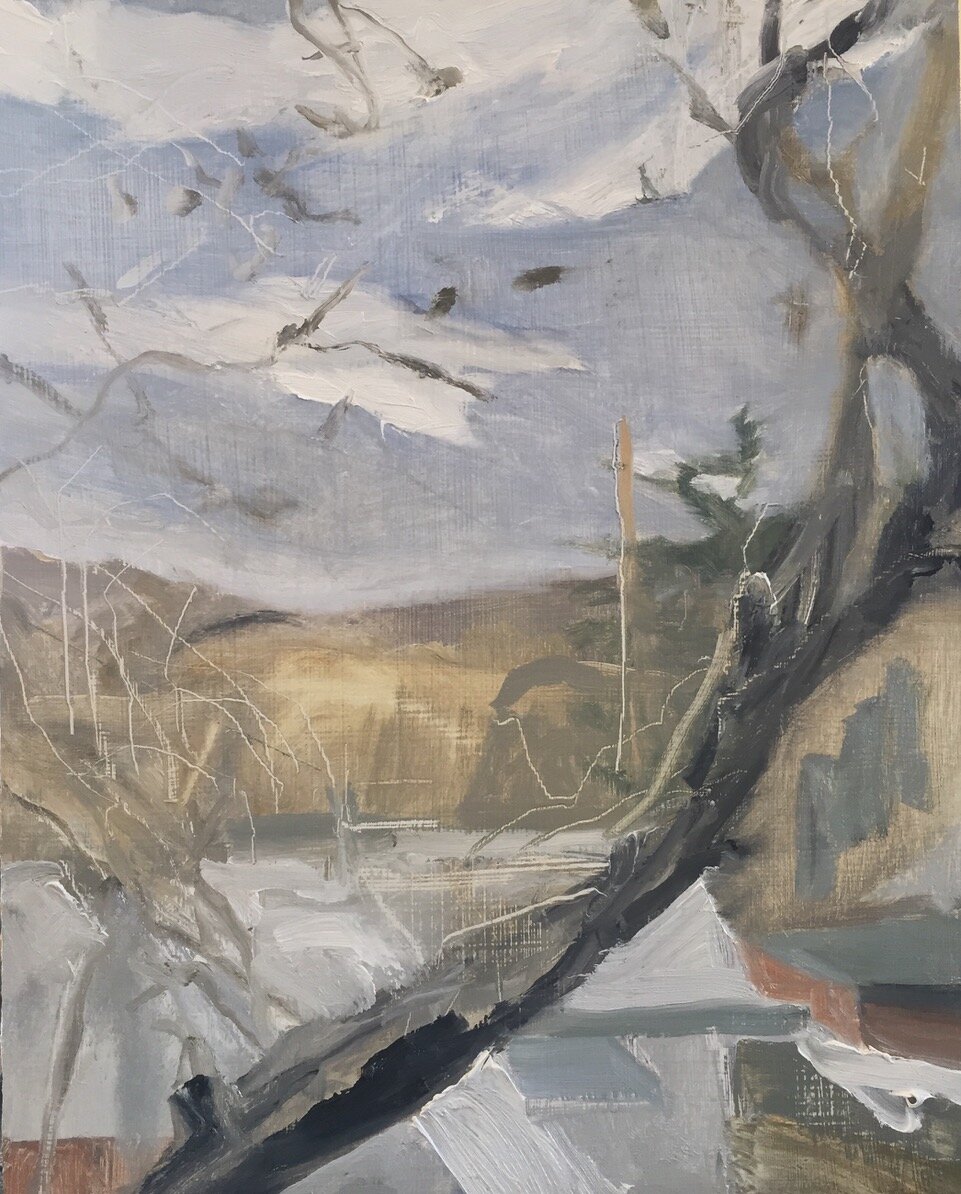
Pecan Tree
10” x 8”, oil on panel, 2020
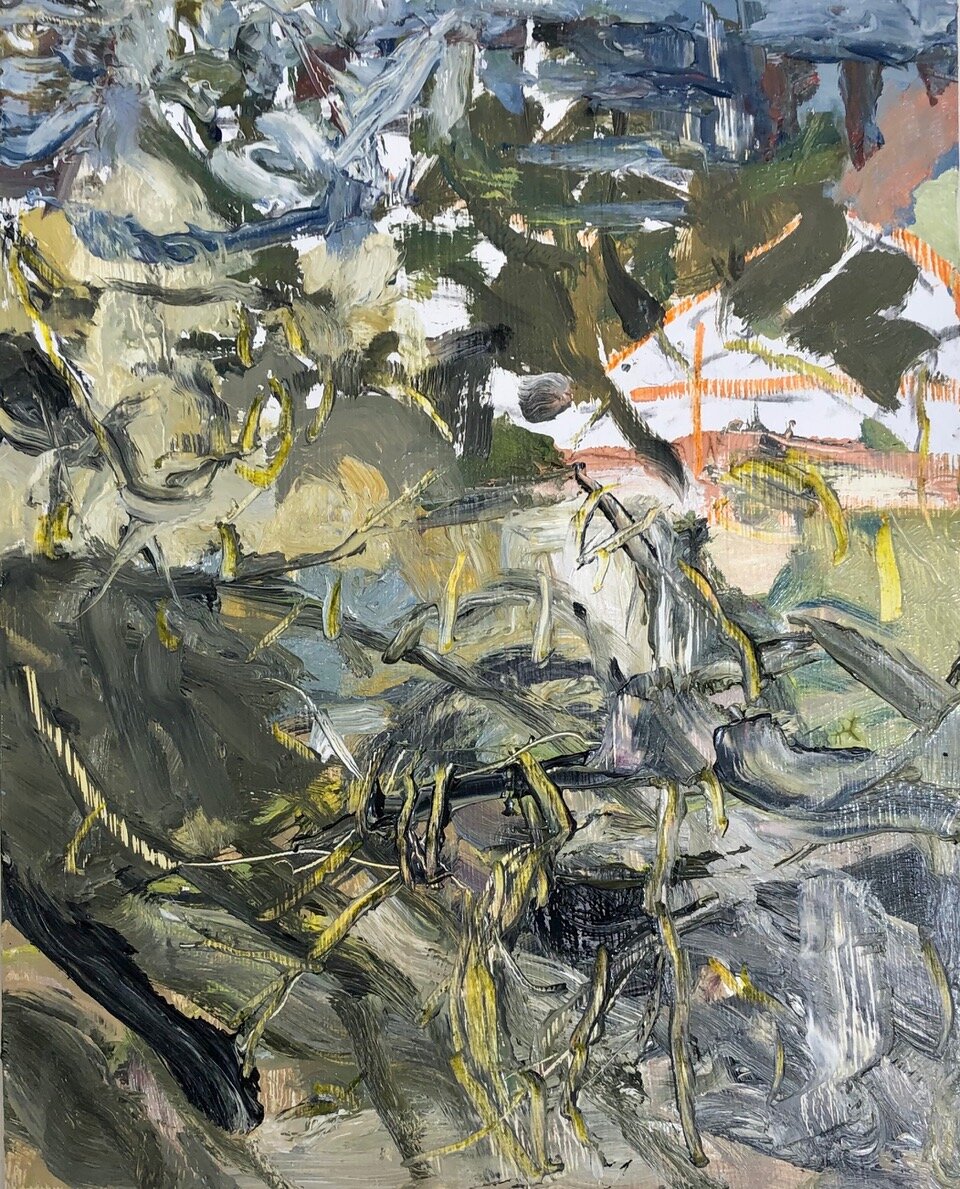
Arroyo Backyard
10” x 8”, oil on panel, 2020
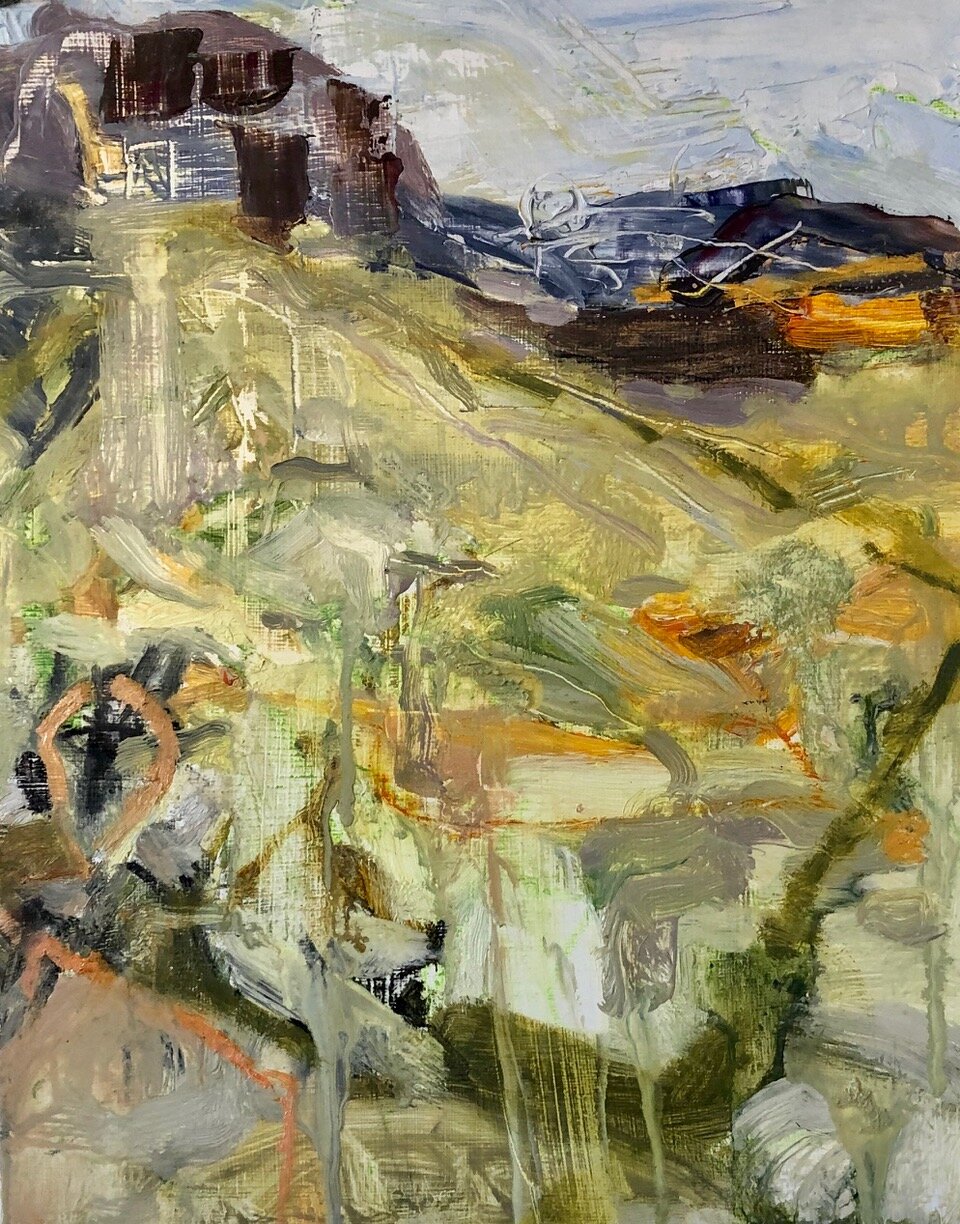
Stretching Down
10” x 8”, oil on panel, 2020
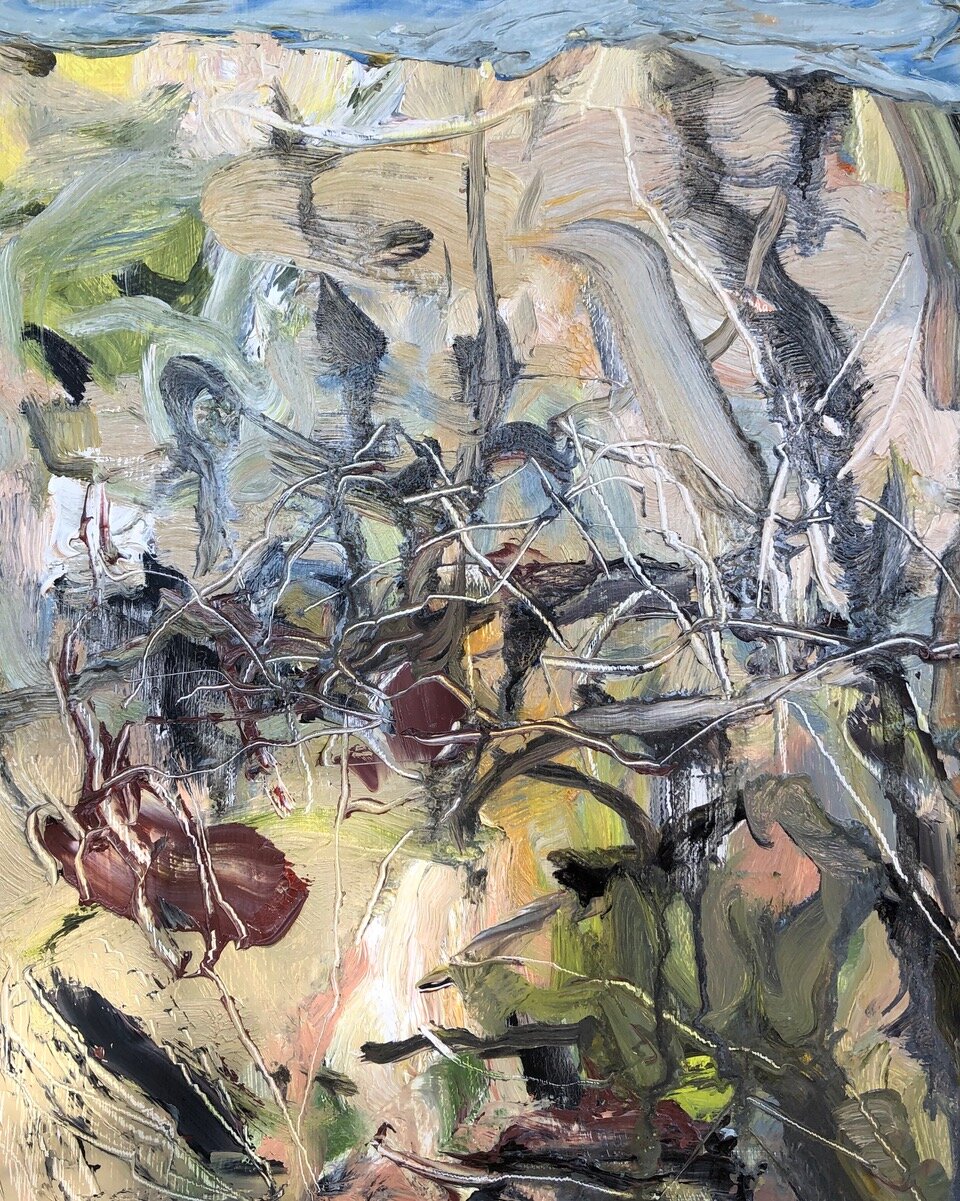
Western Spring
10” x 8”, oil on panel, 2020
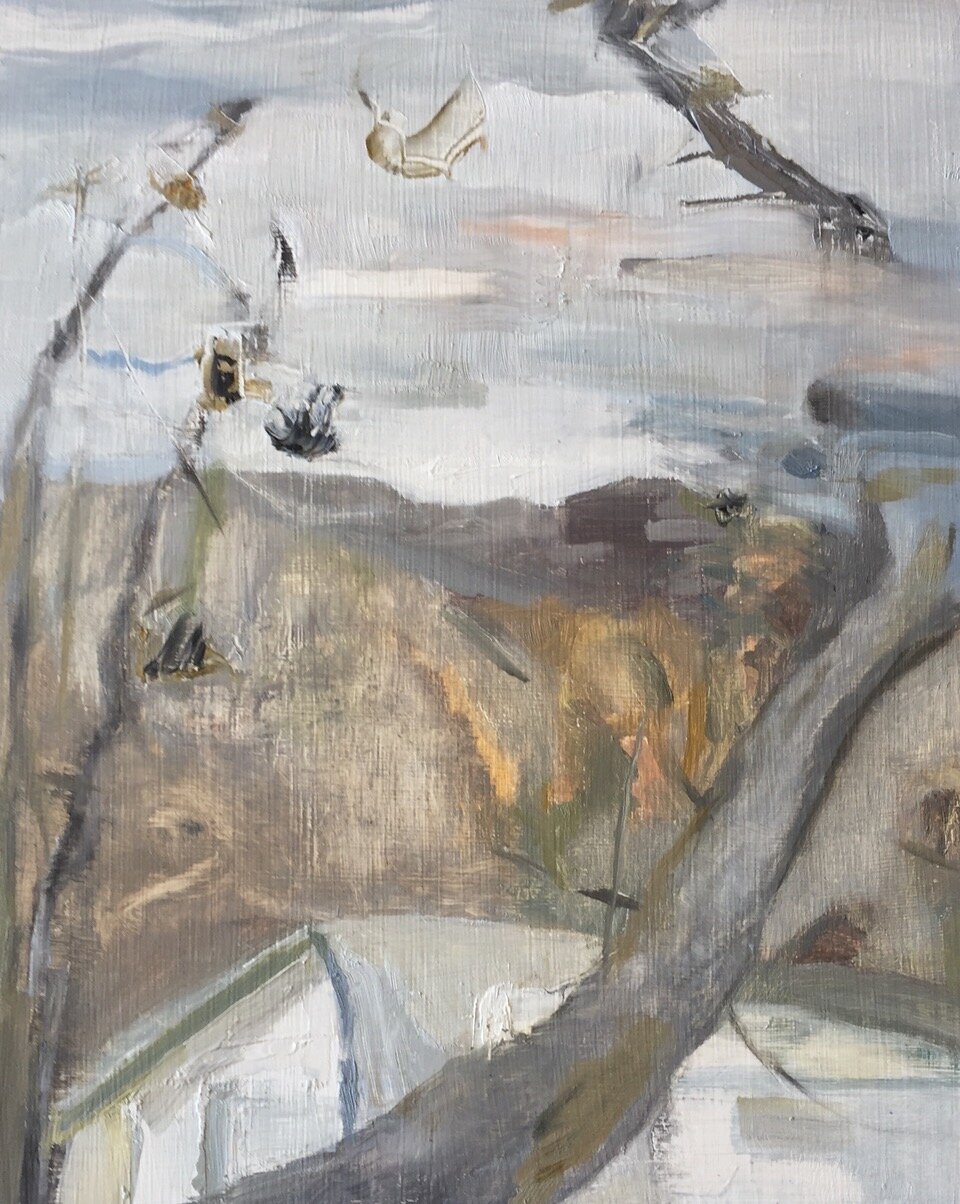
From the Balcony
10” x 8”, oil on panel, 2020
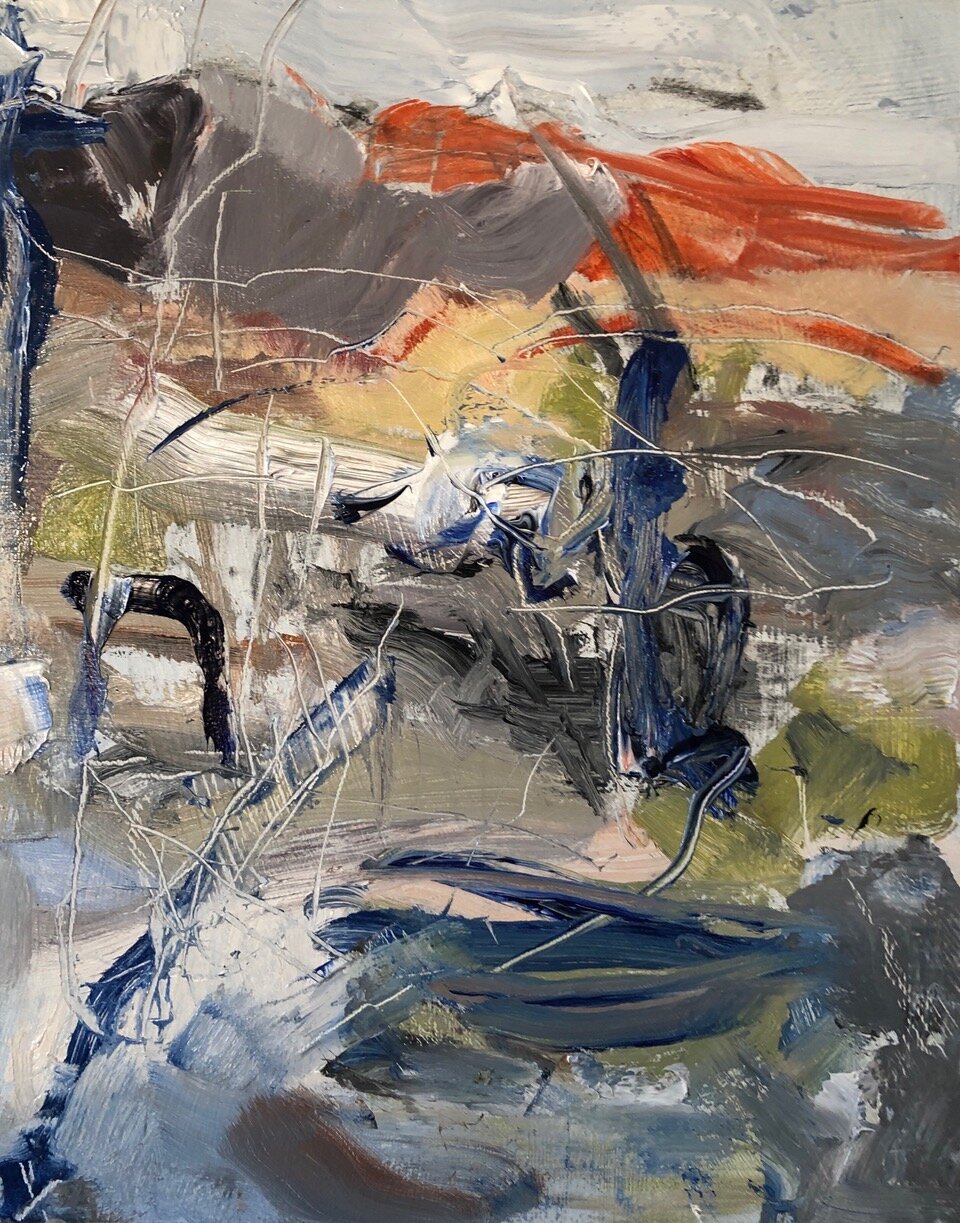
View across the Gulch
10” x 8”, oil on panel, 2020 -SOLD
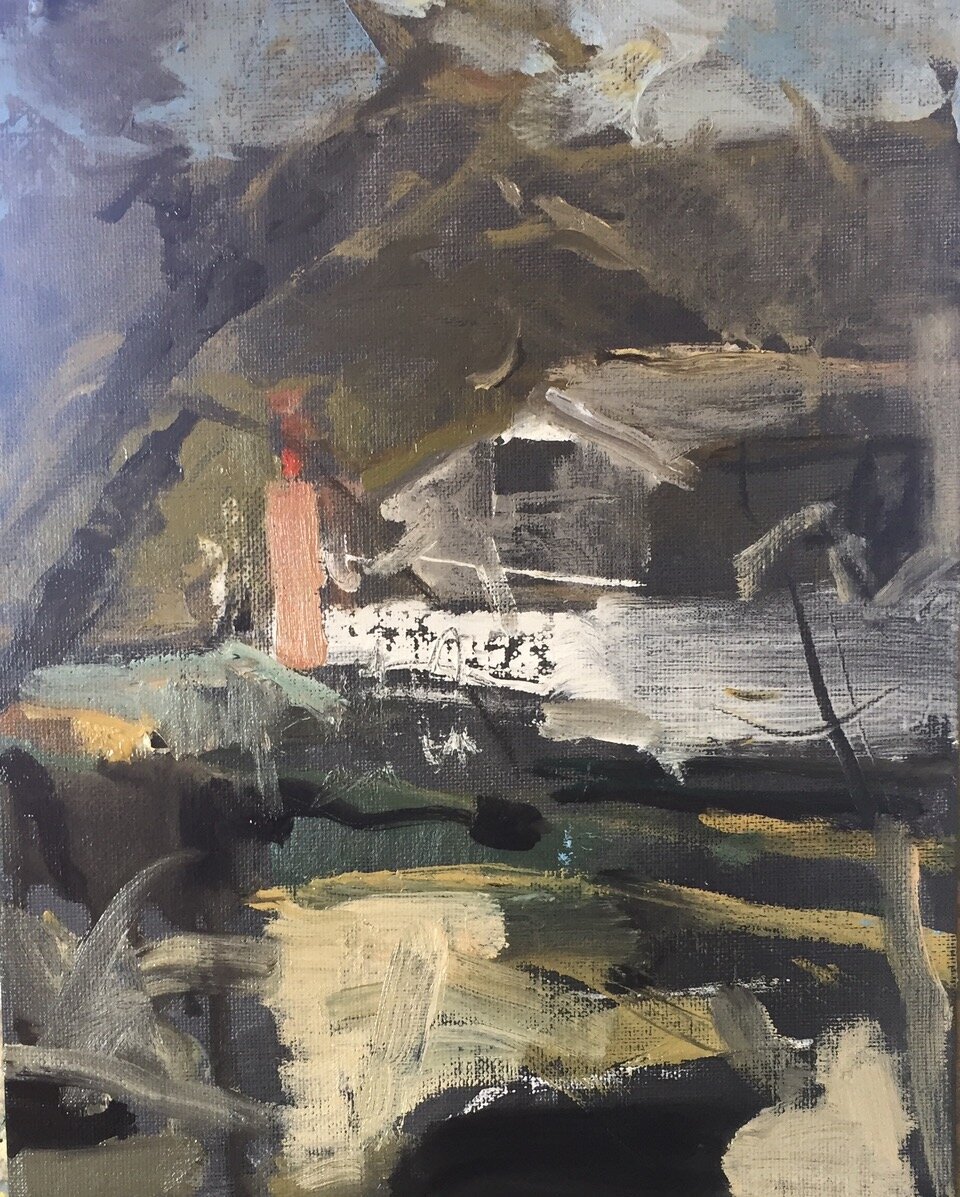
Studio View
10” x 8”, oil on panel, 2020
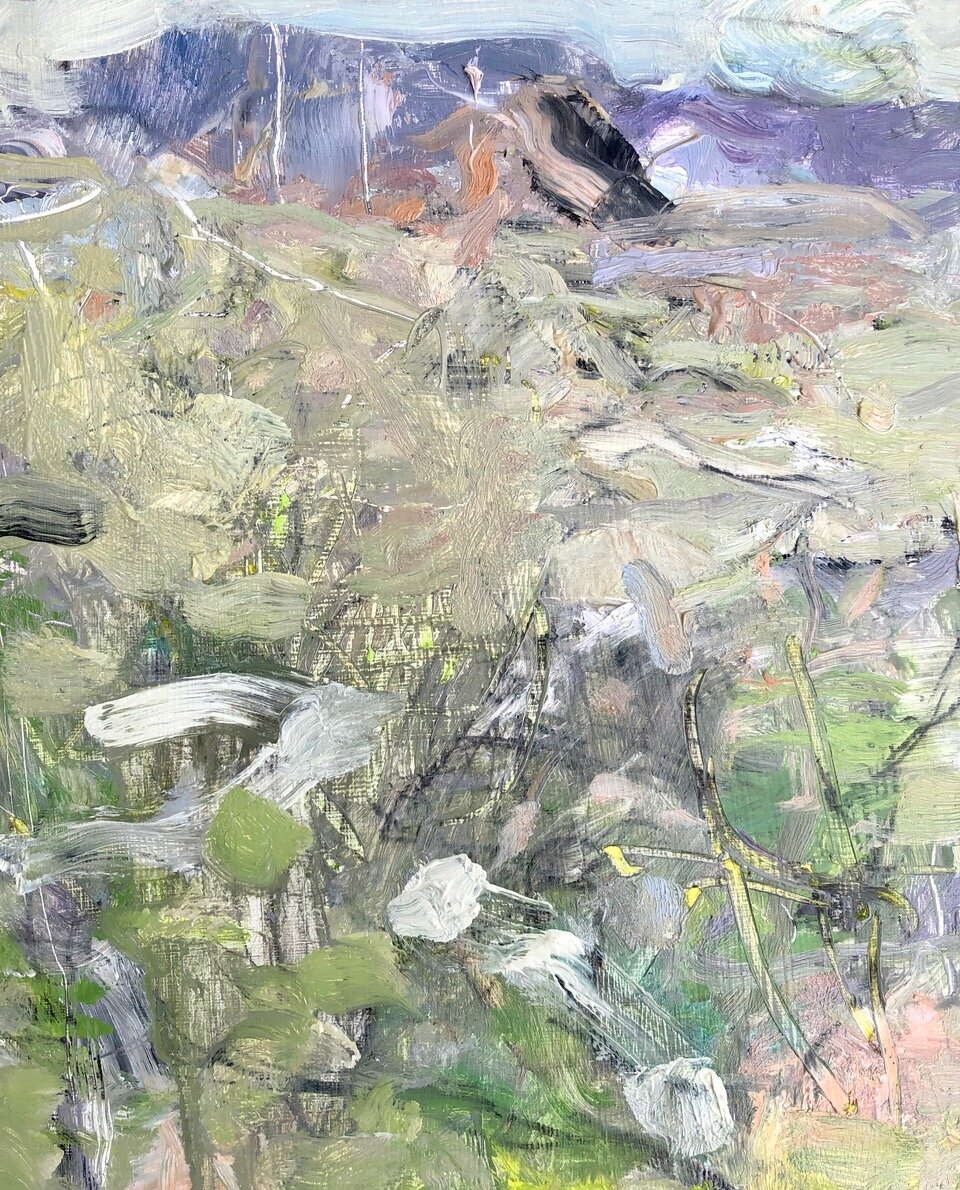
Spring Comforter
10” x 8”, oil on panel, 2020
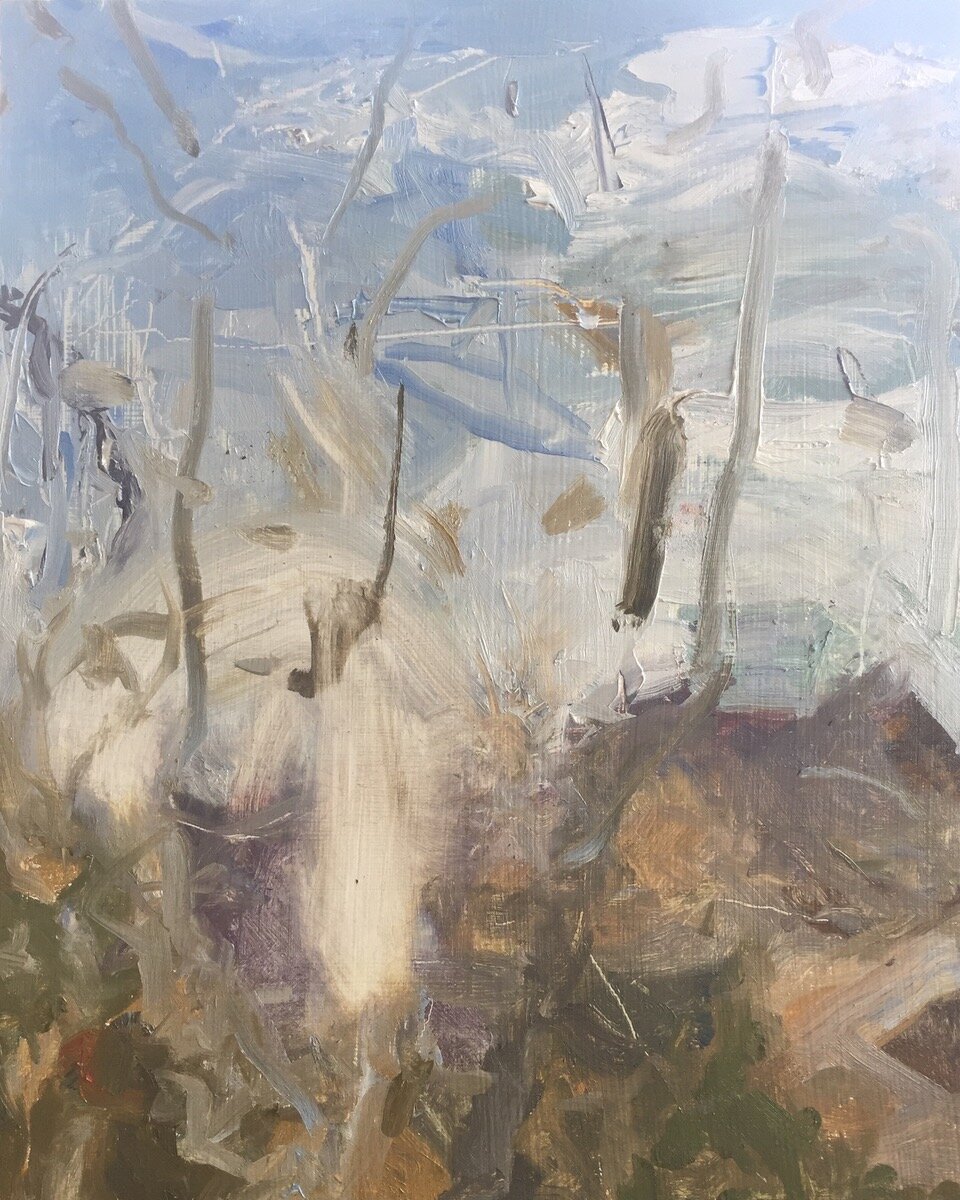
Far and Near
10” x 8”, oil on panel, 2020
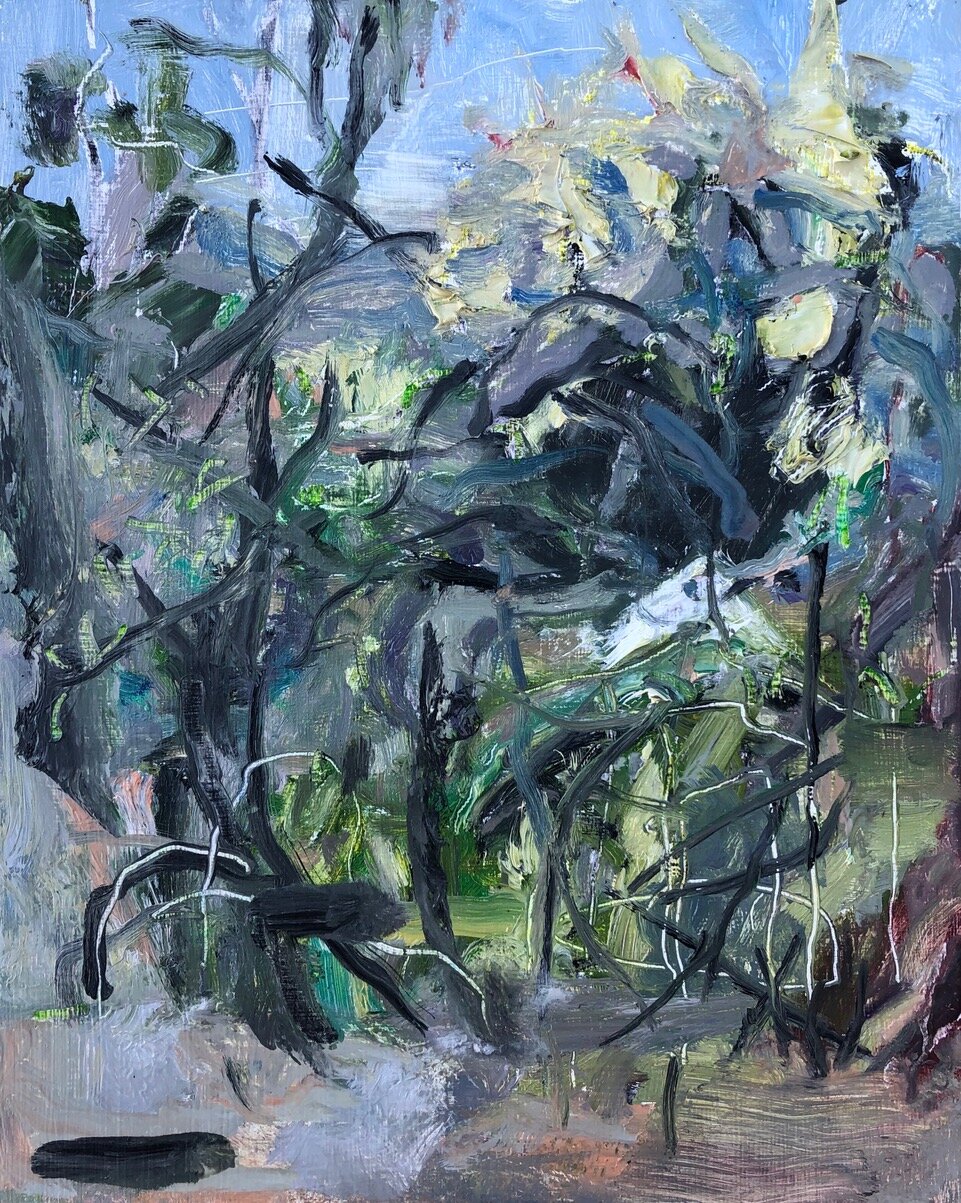
Tangle
10” x 8”, oil on panel, 2020
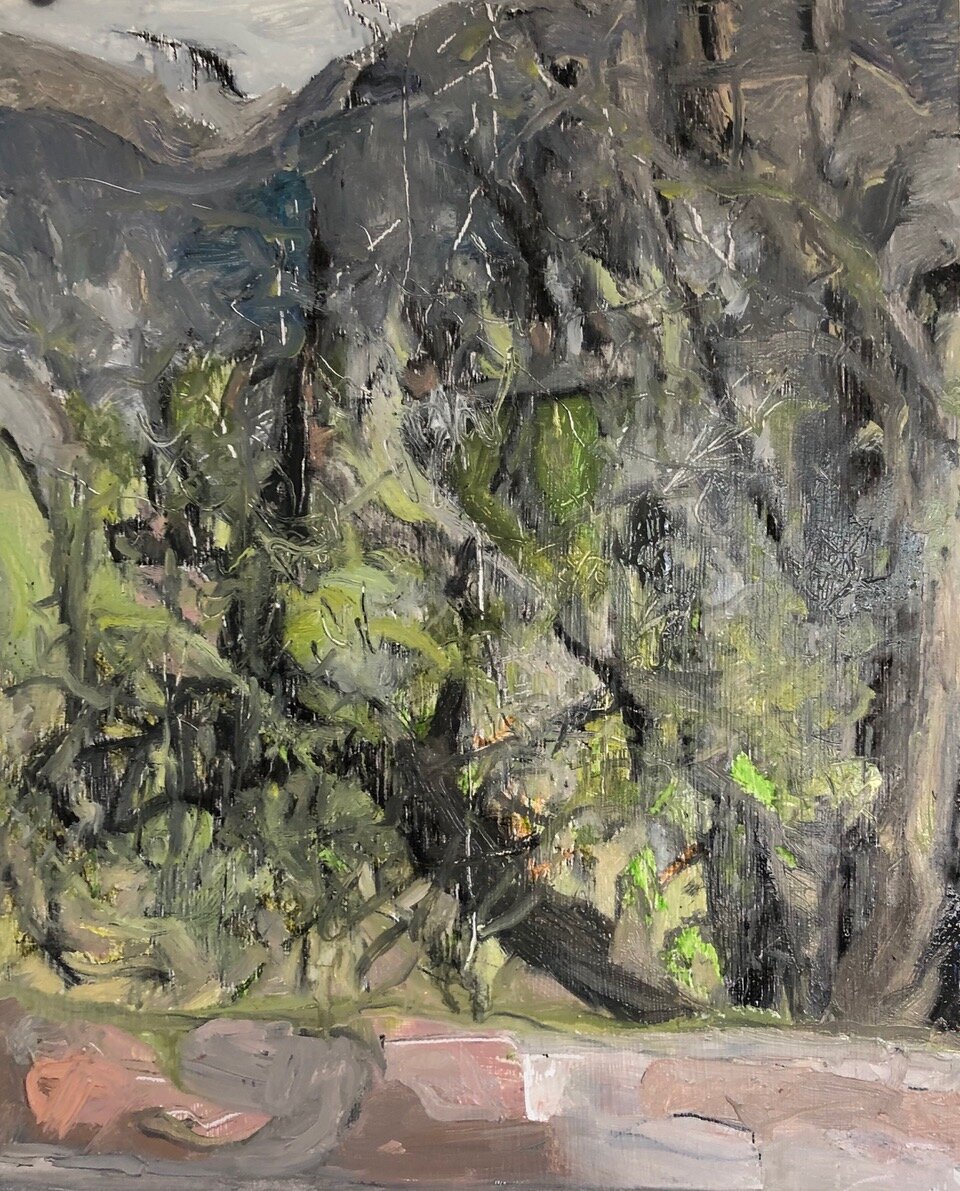
Beyond
10” x 8”, oil on panel, 2020
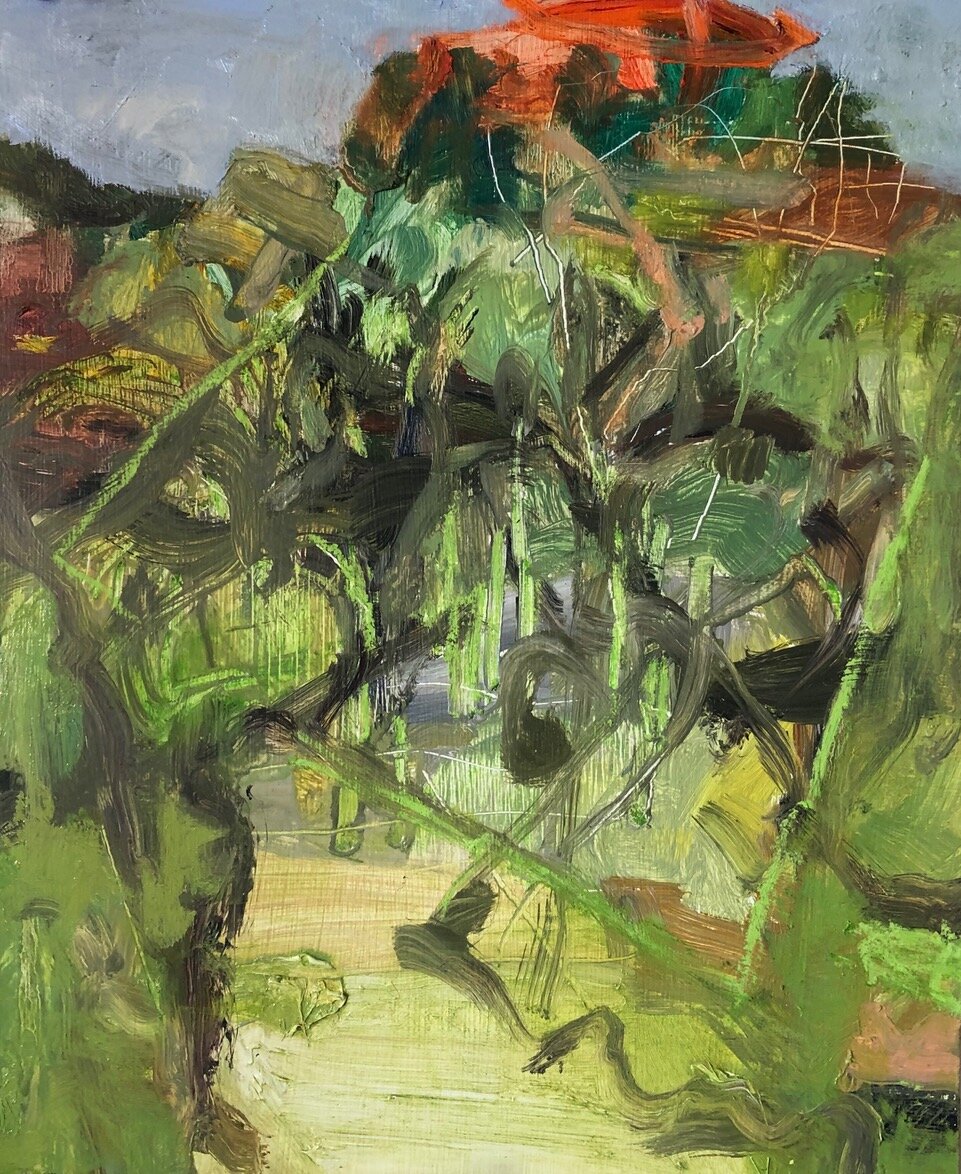
Seeing the Foothills
10” x 8”, oil on panel, 2020

Today
10” x 8”, oil on panel, 2020
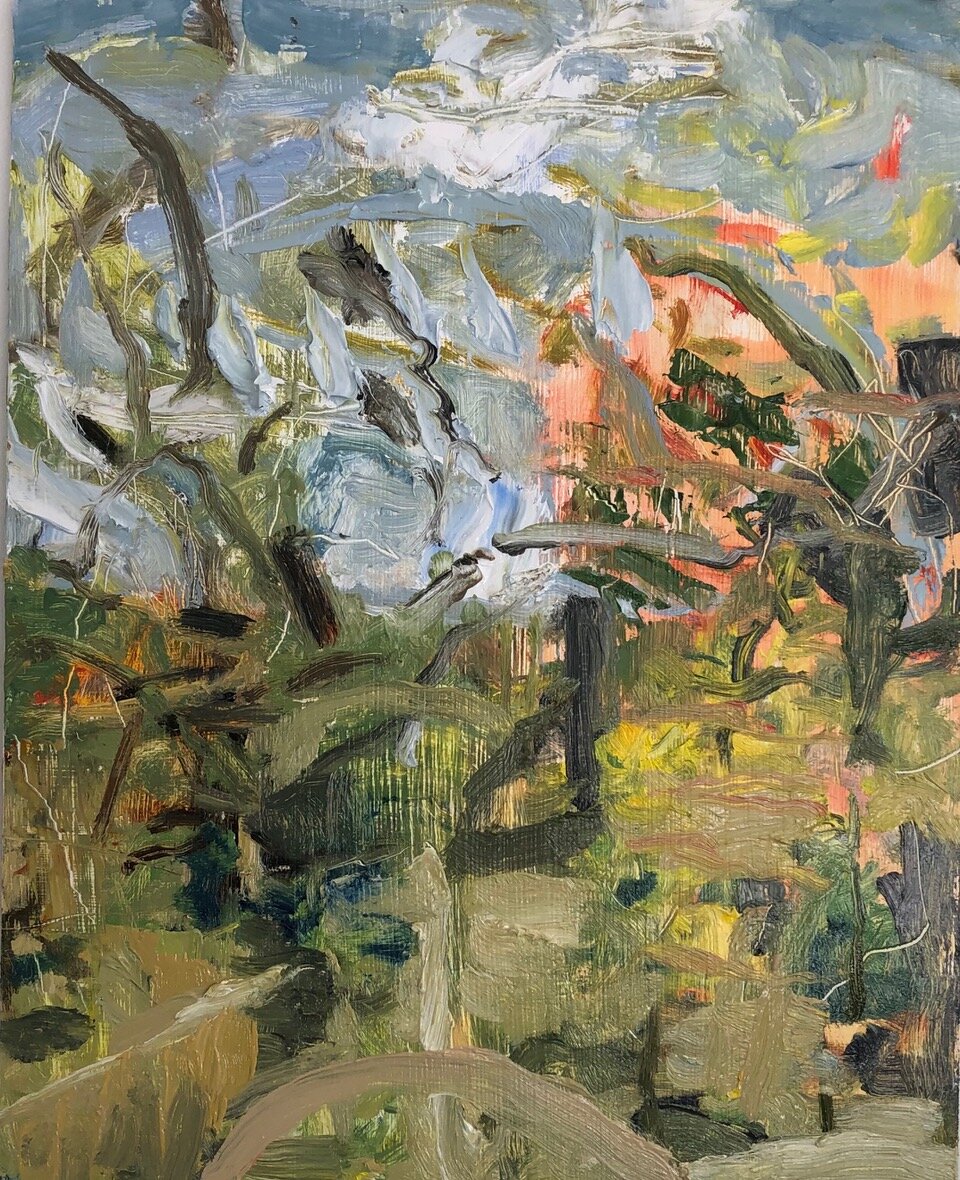
Warming Up
10” x 8”, oil on panel, 2020

Towards Red Rocks
10” x 8”, oil on panel, 2020
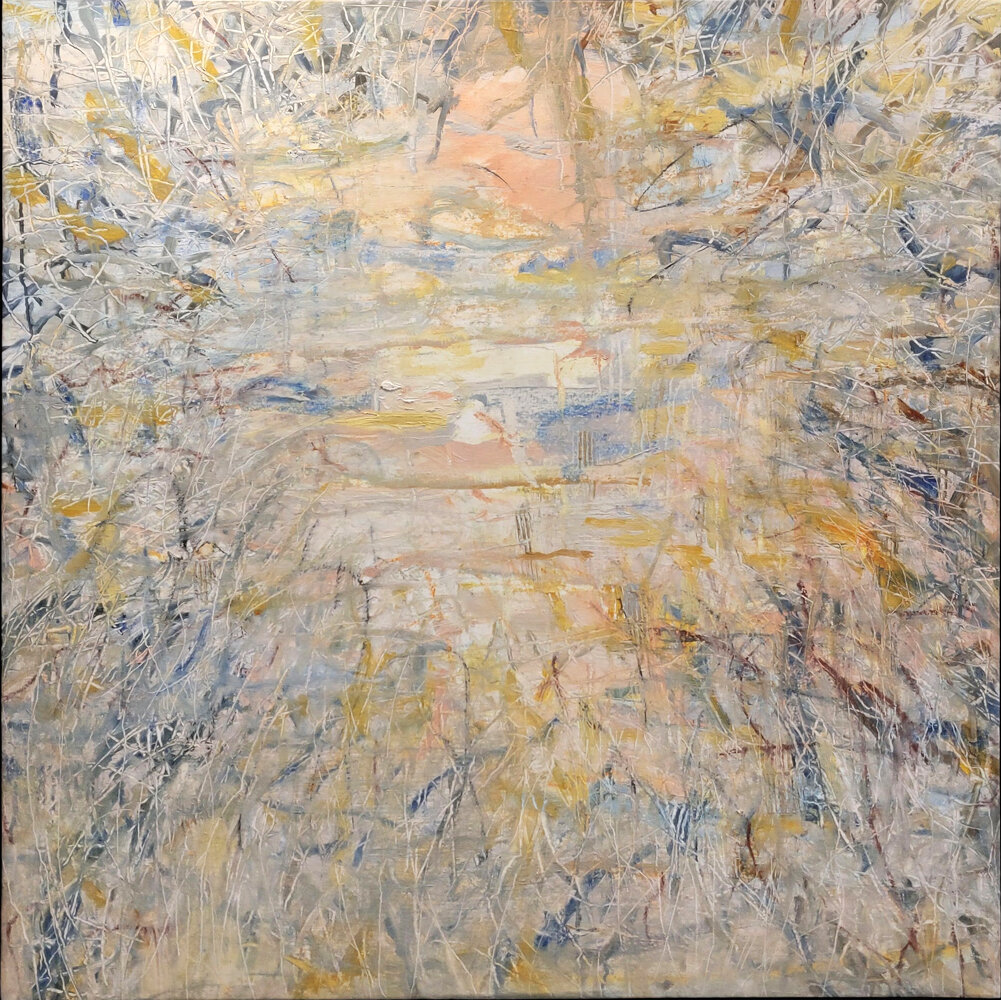
View from the Nest
36” x 36” oil on linen, framed in birch, 2021
$3,250
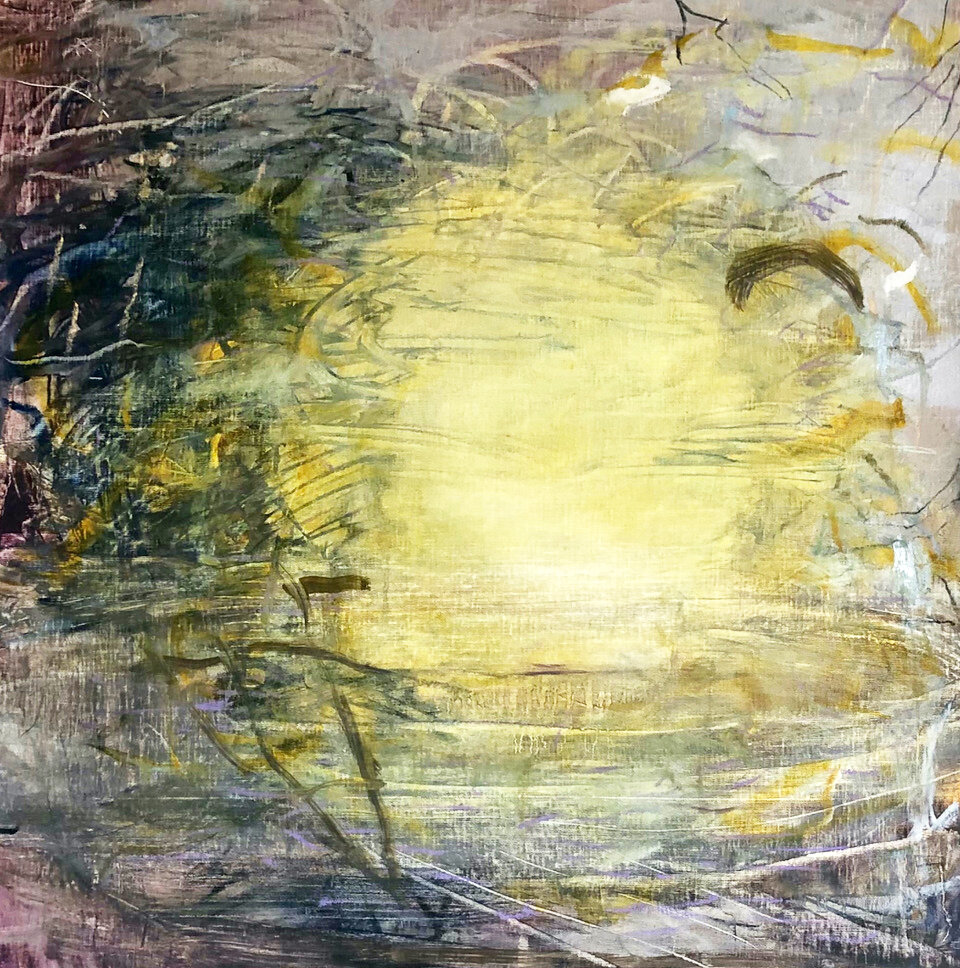
Unwinding
21” x 21” oil on linen, 2021
$1,200
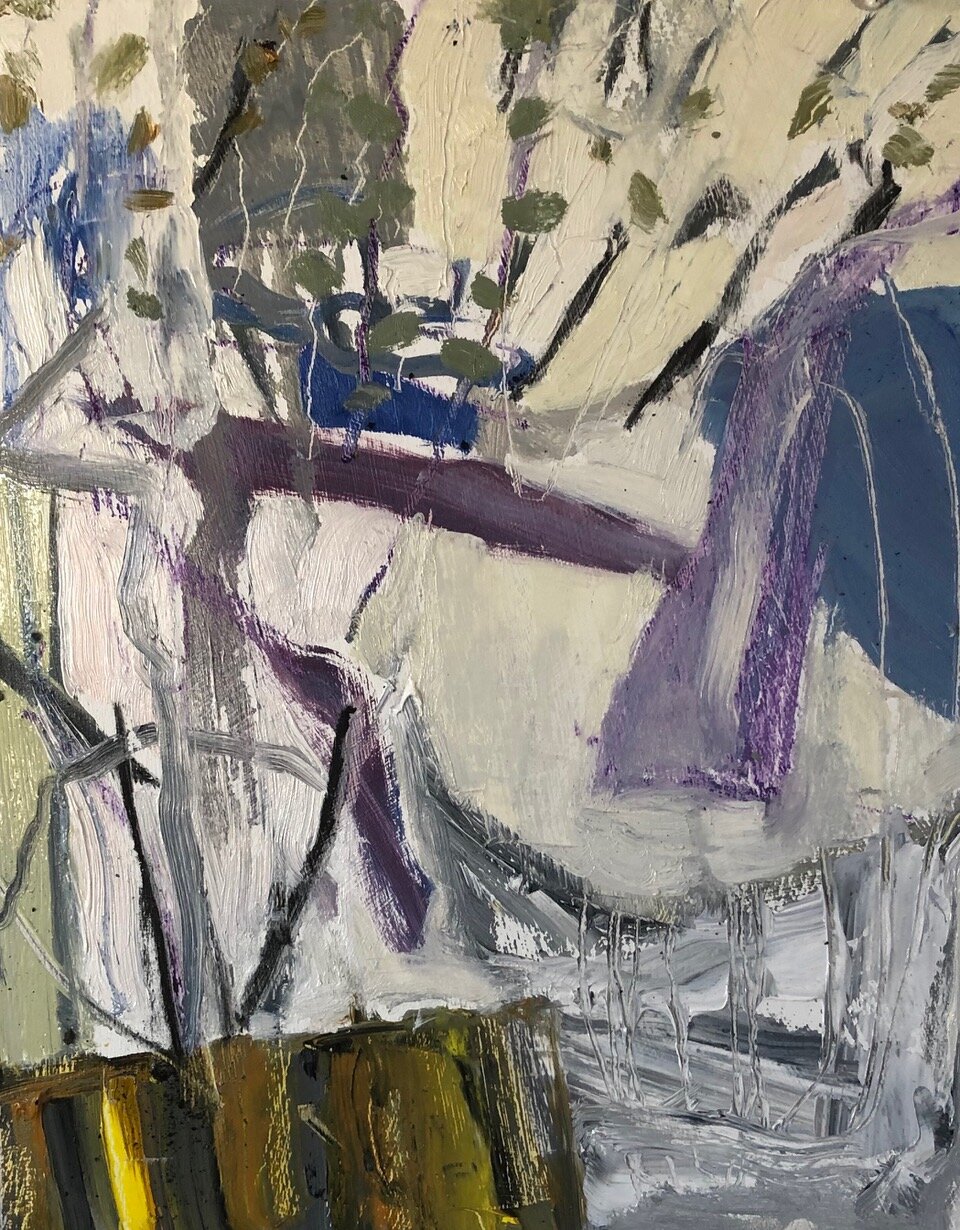
Laundry and Wind
10” x 8”, oil on panel, 2020
